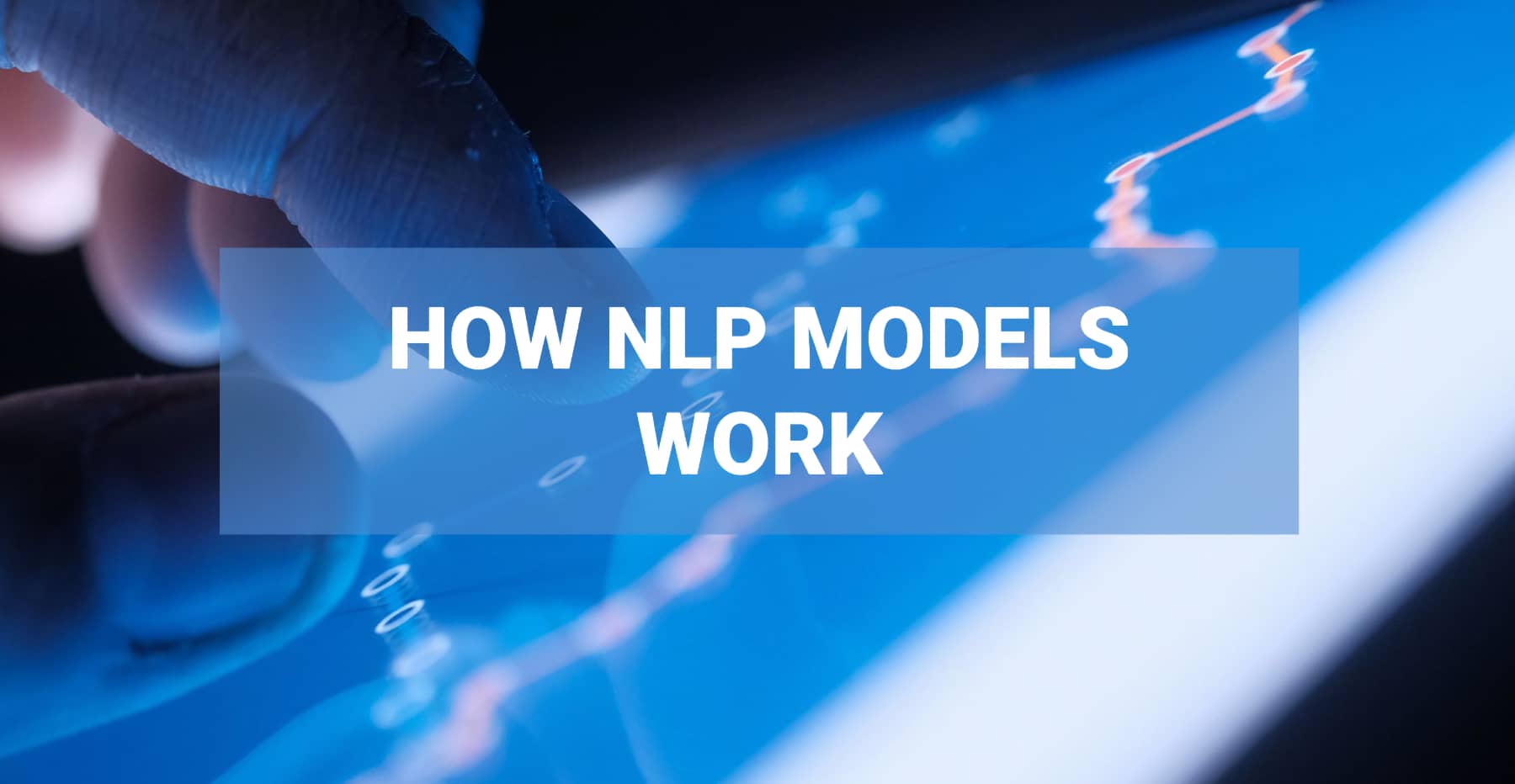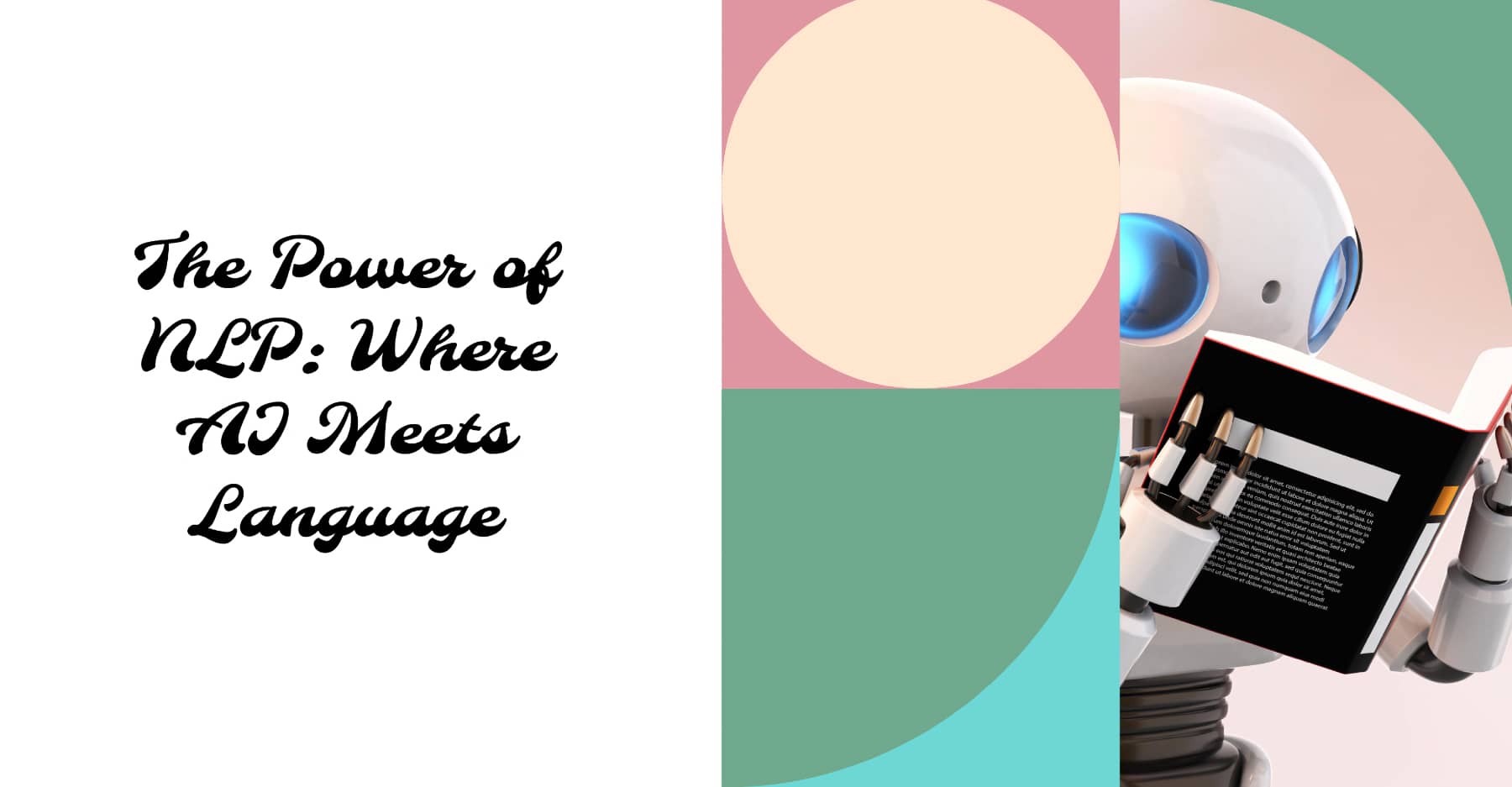Have you ever wondered how chatbots are able to understand your questions and respond in natural language? Or how your email provider is able to detect spam and filter it out automatically? The key technology behind such intelligent applications of language is natural language processing (NLP).
What is Natural Language Processing?
Natural language processing (NLP) refers to the ability of computers to analyze, understand, and generate human language. NLP focuses specifically on linguistic data like text or speech, as opposed to other types of data.
The main capabilities enabled by NLP include:
Understanding: Extracting meaning from text or speech input. This involves tasks like sentiment analysis, named entity recognition, and ambiguity resolution.
Generating: Producing human-readable text output. This includes applications like machine translation, chatbots, and text summarization.
Manipulating: Modifying, summarizing, or translating language data.
NLP Technique | Description |
Sentiment Analysis | Identifying attitudes, emotions, opinions, etc. from text |
Named Entity Recognition | Detecting and classifying key entities like people, places, organizations |
Word Sense Disambiguation | Determining the meaning of ambiguous words based on context |
Some of the core capabilities enabled by NLP include:
Understanding Language
Key tasks related to understanding language data include:
Sentiment analysis: Identifying subjective information like opinions, attitudes, and emotions expressed in text.
Named entity recognition (NER): Detecting and classifying key entities like people, organizations, locations, quantities, etc. in text.
Word sense disambiguation: Determining the correct sense or meaning of ambiguous words based on context.
Generating Language
Major capabilities under language generation include:
Natural language generation (NLG): Producing cohesive, meaningful text from computer programs. Used in applications like chatbots.
Speech synthesis: Generating human-like speech from text, widely used in voice assistants.
Machine translation: Automatically translating text between human languages like English, Spanish, etc.
Manipulating Language
Common manipulation tasks include:
Text summarization: Shortening long pieces of text while retaining key information and overall meaning.
Paraphrasing: Rewriting text passages to convey the same meaning but using different vocabulary and phrasing.
So in summary, NLP refers specifically to the understanding, generation, and manipulation of human languages using AI techniques. It's what allows computers to perform linguistic tasks in a human-like manner.

How NLP Models Work
The key to NLP is machine learning, which allows computer models to analyze large volumes of language data to detect patterns, word meanings, and relationships.
Common steps in an NLP workflow include:
Data Preprocessing: Cleaning, formatting, and tokenizing language data to prepare it for the model. This includes things like stemming and lemmatization.
Model Training: Feeding the prepared data into machine learning models to pick up on language patterns. Deep learning techniques like RNNs and Transformers are common here.
Prediction: Having learned from data patterns, the model can now analyze new text/speech and make predictions about its meaning, intent, etc.
Applications of NLP in AI
Thanks to its ability to process language data, NLP enables a vast range of intelligent applications across domains. Some major areas seeing NLP adoption include:
Customer Experience
NLP powers next-gen interfaces and tools to serve customers:
Chatbots use capabilities like natural language understanding and text generation to automate customer service queries.
Sentiment analysis on customer reviews, social posts, and conversations identifies pain points and improves products.
Search and Recommendations
Users receive ultra-personalized experiences via:
Search engines that understand the true intent behind queries, not just keywords.
Recommender systems that consider implicit preferences in user-generated text reviews.
Content Creation and Publishing
Creating quality content at scale is achieved by:
Machine translation to quickly localize content across global markets.
Text summarization to provide summaries or highlights of documents.
Automated metadata tagging through named entity recognition, topic modeling, etc to improve discoverability.
And countless other applications leveraging capabilities like speech recognition, grammar correction, text categorization, predictive typing, etc.
As NLP capabilities continue advancing, we are entering an era where machine understanding of language can augment or even surpass human abilities in some frontiers. The potential impact to efficiency and productivity is significant.

Benefits and Challenges of NLP
Like any technology, adopting NLP comes with both opportunities and obstacles.
Key Advantages
Some notable benefits offered by NLP include:
Improved efficiency by automating high-volume language processing tasks.
Enhanced personalization with the ability to interpret text/speech on an individual level.
Greater accessibility via capabilities like live speech translation across languages.
Extracting insights from text data at unprecedented depth and scale.
And many more pros like higher quality customer experiences, accelerated content production, etc.
Ongoing Challenges
However, there remain considerable challenges in advancing NLP, like:
Accurately grasping context, cultural nuances that come naturally to humans.
Addressing potential algorithmic bias stemming from imperfect data.
Achieving robust performance across different languages grammars.
The computational intensity required by advanced deep learning models.
As researchers address these limitations, NLP systems progressively get better at handling broader contexts and use cases. But human languages will remain complex enough to offer AI challenges for years to come.
Striking the right balance between technological optimism and diligence will allow us to maximize benefits of NLP while minimizing potential downsides through careful testing and monitoring.
The Future of NLP
Recent years have seen rapid strides in NLP capabilities thanks to advances in deep learning and computational power. However, this is just the tip of the iceberg in terms of replicating true, human-level language understanding.
Exciting innovations on the horizon suggest even smarter applications leveraging progress across multiple frontier:
More accurate speech recognition, even with accents or poor audio quality.
Lifelike conversation techniques in chatbots with contextual awareness and personality.
Hyperpersonalization by connecting language patterns to individual interests, preferences, and tendencies.
Multimodal learning: Combining NLP with computer vision, predictive analytics to improve context.
As techniques like reinforcement learning and foundations models propel progress, NLP seems poised to help computers achieve unprecedented mastery over language.
Long term, the goal of advancing towards artificial general intelligence hints at sci-fi possibilities like intelligent assistants, fluent translation abilities, and more. We may see emerging NLP capabilities not just match certain human language specialists, but even exceed them given high complexity data.
Nonetheless, this also underscores the growing need to ensure NLP safety through rigorous testing and monitoring as applications become entrusted with sensitive tasks. Overall however, rapid NLP advances foreshadow promising potential to augment human capabilities through language.

NLP: Where AI Meets Language
Natural language processing (NLP) represents the intersection between artificial intelligence and human language. As we have covered in this article, NLP refers to techniques that enable computers to process, analyze, and interpret text or speech data with human-like capabilities.
Core NLP tasks like language understanding, generation, and manipulation are accomplished using specialized machine learning algorithms. NLP models are trained on large and diverse language datasets to pick up on the subtleties and nuances embedded within.
This results in intelligent applications like chatbots, intelligent search engines, and multimedia recommendation systems that allow humans to interact using natural language. NLP drives greater efficiency, personalization, and accessibility within these AI systems.
However, challenges around contextual awareness, algorithmic bias, and multilingual support persist. As researchers address these limitations, NLP systems progressively get better at handling broader real-world contexts and use cases.
Rapid advances across deep learning, reinforcement learning, and foundation models provide exciting prospects for upcoming progress. While near-human language abilities offer fertile ground for AI safety research, prudent development also promises immense opportunity to augment human capabilities via emerging NLP applications.


